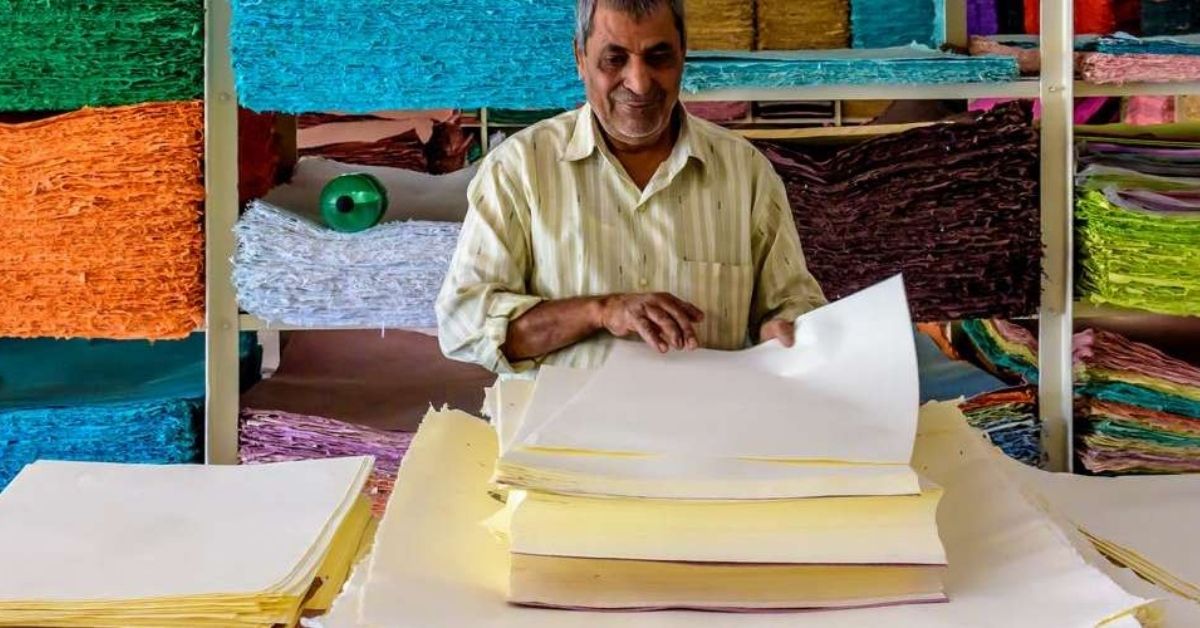It was Maharaja Sawai Jai Singh II who, more than 500 years ago, introduced the art of papermaking to the tiny village of Sanganer near Jaipur.
Today, Sanganeri handmade paper is known countrywide for its quality, as well as unique designs and colours. Made with materials like bamboo, waste papers, wood, stumble, straw, banana trunk and cotton rag, the production process is strenuous, and one that requires utmost skill.
This community of paper makers, known as Kagazi, have stood the test of time, even with the advent of machine made papers in 1930. In fact, it was Gandhi who acted as a saviour for the community several years ago.
Even as profits remain low, the community takes pride in keeping this age-old tradition alive.
Watch this video to see how rich history and legacy reside in each piece of paper:
The world has shifted to machine-made paper but the small village of #Sanganer near #Jaipur continues to be the world’s largest center of hand-made paper for over 500 years now! #IncredibleIndia #rajasthan pic.twitter.com/s7bTawYjDH
— The Better India (@thebetterindia) May 16, 2022
If you found our stories insightful, informative, or even just enjoyable, we invite you to consider making a voluntary payment to support the work we do at The Better India. Your contribution helps us continue producing quality content that educates, inspires, and drives positive change.
Choose one of the payment options below for your contribution-
By paying for the stories you value, you directly contribute to sustaining our efforts focused on making a difference in the world. Together, let's ensure that impactful stories continue to be told and shared, enriching lives and communities alike.
Thank you for your support. Here are some frequently asked questions you might find helpful to know why you are contributing?

